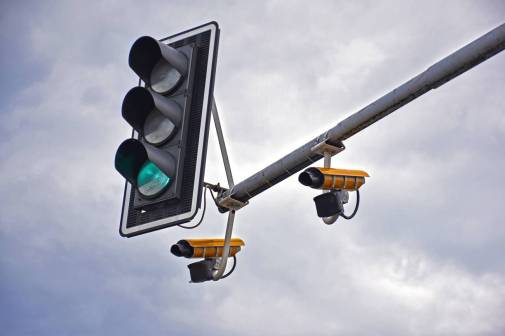Cleveland buses test infrared cameras to improve pedestrian safety

A transportation technology pilot in Cleveland is testing the use of infrared cameras and connected vehicle technology to alert city buses when pedestrians enter an intersection.
The Greater Cleveland Regional Transit Authority (GCRTA) has partnered with Battelle, a transportation research group, to begin a six-month project that will test the cameras and vehicle-to-vehicle and vehicle-to-infrastructure radio equipment. The connected buses, 24 in total, will receive warnings when a pedestrian or another vehicle enters their lanes at three different intersections.
The effort is funded by a grant from the Federal Transit Administration (FTA) as part of a program to find smart city tools that improve transit and that can be expanded to other locations.
“The whole point of this particular project is basically to provide a safety to pedestrians in the presence of buses, giving drivers advanced warnings on pedestrians crossing sidewalks in front of them or around them,” said Matt Windholtz, a systems engineer at Battelle.
The system uses dedicated short-range communications (DSRC) radio for its vehicle-to-vehicle and vehicle-to-infrastructure communication, GPS to track buses, and forward-looking infrared cameras to detect pedestrians.
Windholtz said his research team decided to use infrared cameras as a way to heighten the accuracy of a system that encountered problems during a similar project in 2013 at the University of Michigan. At the time, the equipment exhibited difficulty detecting pedestrians and malfunctioned at high heat levels, the engineer said.
The infrared cameras provide additional precision, Windholtz noted, while sturdier equipment than used in previous projects provides protection from the rigors of daily transit operations.
“It provides a little more reliability than some of the other technologies out there and it leads to less false positives,” Windholtz said.
After the pilot concludes, Battelle will analyze data collected to measure its accuracy and efficacy, and explore new improvements in hope of preventing fatalities and reducing operational costs.
The other hope, Windholtz said, is that additional cities can use the research — which will be made available online — to enhance safety of their own connected buses.






